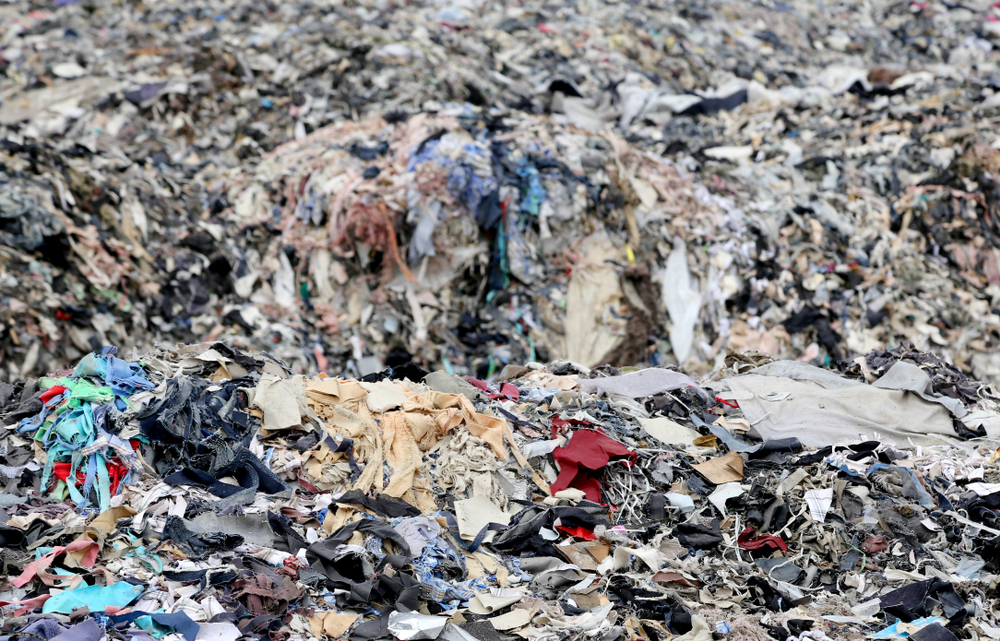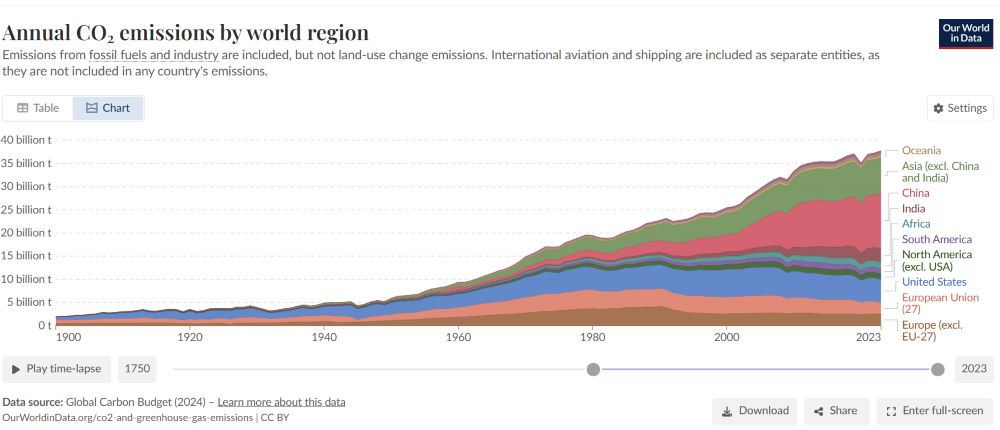Monday, April 22, 2024 is Earth Day! What does fast fashion have to do with Earth Day? Let’s find out!
As a 72-year-old grandmother of children aged eight and under, I had never heard of Brandy Melville clothing. But even The New York Times reviewed the recent documentary titled Brandy Hellville & The Cult of Fast Fashion that unveils the company’s horrendous practices.
The 90-minute program documents Brandy Melville’s exploitation and even enslavement of textile workers overseas; manipulation of vulnerable teenaged girls; sloppy business practices; the CEO’s, (Stephan Marsan’s) celebration of racist, sexist, and violent imagery; and a level of waste that is choking ocean shores with discarded “fast-fashion” clothes.
An article about the documentary in The Voice of Fashion’s Sustainability section refers to Brandy Melville as a “horror story.” Editor Sohini Dey describes the “Brandy Girls” who work and model for the company: “According to interviewees, the brand crafts the Brandy Girl model at the cost of every insecurity a fashion consumer may have. Its harmful body standards are apparent in lack of sizing; many former employees admit to eating disorders.”
The fast fashion trend of cheap, throw-away clothes is toxic, and not only to young girls. Dey refers to its disastrous environmental impact as “the doomed afterlife of products.”
What Is Sustainable Fashion?
This year EarthDay.org celebrates Mother Earth with a fascinating webinar, WHAT IS SUSTAINABLE FASHION? I urge you to listen to the entire program. It explains things we really need to know about the fast fashion. EarthDay.org presents these facts:

- The fashion industry produces 100 billion garments a year and 87% (40 million tons) end up in a landfill where they smolder and pollute the air or an incinerator.
- Only 1% of all discarded clothing is actually recycled.
- The average person today buys 60 percent more items of clothing than they did 15 years ago, but keep them for only half as long. The average garment may be worn as few as ten times before disposal.
- The apparel industry is responsible for 4% of greenhouse gas emissions – the same as the countries of Germany, France and the U.K. combined. Unchecked, fashion production would account for 26% of all carbon emissions by 2050.
- Fashion is one of the most polluting of all industries. Clothing is manufactured with highly toxic dyes and heavy metals that are flushed into clean water streams, rivers and aquifers where they sicken people and animals, harm ecosystems, and cause biodiversity loss.
- The industry razes 150 million trees for cellulosic fabrics. Cattle grazing has contributed to deforestation in the Amazon and the leather produced from that region has been traced to global fashion brands’ shoes and bags.
- Non-organic cotton farming heavily depletes and degrades soil. It is one of the world’s most pesticide intensive crops. These affect the health of farmers and populations nearby. The toxic farm runoff contaminates fresh waters, wetlands and aquifers and threatens biodiversity and eco-systems.
- 69% of all clothing is made partially or entirely of synthetic fibers such as polyester which is a crude oil derivative. Petroleum is a non-renewable resource with significant negative impacts on the earth.
- Up to 40% of fashion’s carbon emissions are from the production of polyester and polyester production is expected to grow by 47% over the next 10 years.
- Washing our synthetic clothing accounts for 35% of all microplastics in the ocean making them the largest source of microplastic pollution in the world’s oceans. Microplastics infiltrate the food chain and, in a study in the Netherlands in March 2022, microplastics were found in the blood of 80% of those tested, half of which were PET (polyethylene terephthalate), the plastic material found in clothing.
- Clothing production has doubled since 2000 and with a shifting population and consumption patterns, the fast fashion industry is expected to continue to grow. By 2030, one estimate suggests that clothing consumption will grow 63% along with a rise since 2015 of 2.4 billion people into the global middle class, and a recent report estimated the world is on track to triple clothing production by 2050.
- The true cost of fast fashion’s cheap clothing is extracted from the industry’s factory garment workers. Workers are paid less than the minimum wage in countries in the global south which does not nearly constitute a “living” wage.
- In order for true recycling to take place, clothing must be collected, sorted and distributed to recyclers. These systems are in their infancy. Sorting is still done by hand. And while there are innovative technologies that can break down the fabric of used garments to make new clothing, many await business investment to scale their systems to the colossal size necessary. Fully scaled, however, these technologies could drive 80% circularity in the fashion industry.
- Most major industries are highly regulated. But the fashion industry, one of the largest manufacturing industries on the planet, is almost entirely unregulated.
Fashion and Greenhouse Gases
In his recent Volts podcast episode, host David Roberts offers a broad overview about Fashion’s climate impact and how to reduce it. Roberts interviews Maxine Bédat, a former fashion startup CEO and founder of the nonprofit New Standards Institute. They talk about the sources of the fashion industry’s emissions, what can be done to reduce them, the need for regulation, and the right way to think about fast fashion. And she defines fast fashion, “It’s instant fashion…wear this once, it’s so cheap; you don’t need to wear it ever again.”
Bedat says the fashion industry is the third largest manufacturing industry globally. The New Standards Institute says, “Apparel and footwear are responsible for an enormous and under acknowledged part of global greenhouse gas emissions, between 4-8.6%. (By comparison, the entire United States accounts for 11%).”
This includes the many agricultural and industrial processes involved in making fabrics, clothing, and footwear, and the significant amount of transportation involved between all the steps in those processes. Polyester, a synthetic fabric, is made from oil, and in recent years, it has overtaken all fabrics made from naturally grown and more biodegradable materials such as cotton or flax.
In addition to all the greenhouse gases emitted in the production of new clothing, Bedat agrees with the Brandy Hellville documentary that a fast fashion industry that promotes a culture of throw-away garments is creating other environmental and climate harm. She focuses on another fast fashion company, Shein, which uses air freight to deliver its latest styles weekly, a transportation method whose greenhouse gas impact is 40% greater than shipping by sea. “What they are doing is they are air freighting…drop shipping their products directly from Chinese factories directly to consumers. They get to bypass hundreds of millions of dollars in taxes every year that companies like Gap pay.”
How Regulation Can Help
Bedat wants states like New York and California to pass The Fashion Act. She also wants the news media to let the public know about the environmental impacts of fast fashion. “There should be a lot more coverage of places like the Atacama desert in Chile, which is just massive areas covered in clothing. And also the Or Foundation is doing really great work covering the Contamanto, the waste stream coming out of that second-hand market in Accra, Ghana. It’s being sent to countries that don’t have the resources for a lot of reasons. And there is a lot of, like, illegal burning.”
“Whether we like it or not, it does come down to us making a noise about it,” Bedat adds. “And that is both on an individual purchasing level and as a citizen, to voice to your regulators and legislators that this is something that matters to you and that they need to invest their political capital in passing.”

“The final word? ‘Buy less.’ It might be a cliché, but could any fashion message be more crucial?”
- Sohini Day, Managing Editor, Voice of Fashion
EarthDay.org advice: WHAT YOU CAN DO
EarthDay.org says: “Consumers have the power to change the trajectory of fast fashion. Here are a few important things you can do:
- Educate yourself about sustainable clothing.
- Buy less and shop for quality over quantity.
- Choose natural materials – organic cotton, linen, or hemp.
- Buy 100% recycled fabrics – 100% recycled polyester, viscose (rayon), etc.
- Research brands to identify those that are ethical and practice transparency and sustainability.
- Post a picture of yourself wearing a sustainable garment, explaining its attributes and why you like it. Tag us on social media!
- Choose brands that are manufactured in their own community and connected to the place, people behind them, local economy, and environment.
- Buy secondhand clothing.
- Swap clothes with a clothes swap group or start a swap yourself.
- Learn how to repair your clothes yourself. The longer clothes are kept, the lower their emissions footprint.”
A few more suggestions from this Green Grandma: rather than throwing your old clothes into a recycle or garbage bin, consider how they can be restyled or resized, worn in a new way, or used as rags. Check into the clothing needs of refugees who are settling into your local community; most often, they arrived with only the clothes on their backs. Remember the 1930s motto from the Great Depression: Use it up. Wear It Out. Make it do. Or do without.”
Another Way to Celebrate Earth Day!
Earth Day is also the release date for the eBook version of my new memoir, Rear-View Reflections on Radical Change: A Green Grandma’s Memoir and Call for Climate Action! I hope you’ll consider reading and reviewing it on Amazon, Goodreads, or elsewhere!










